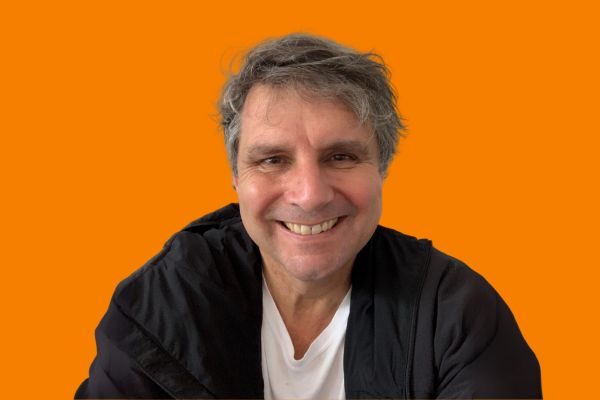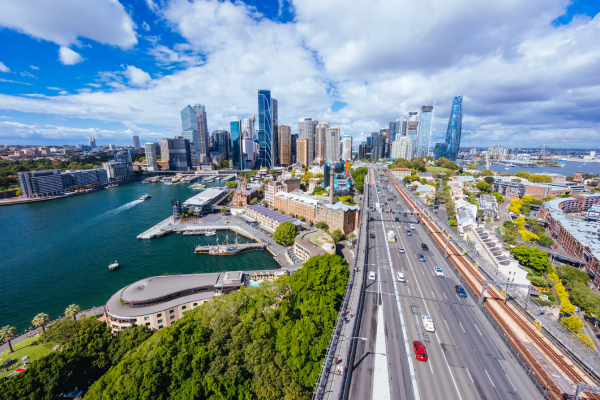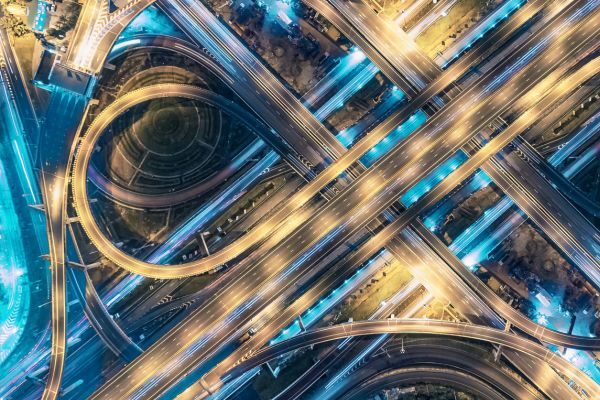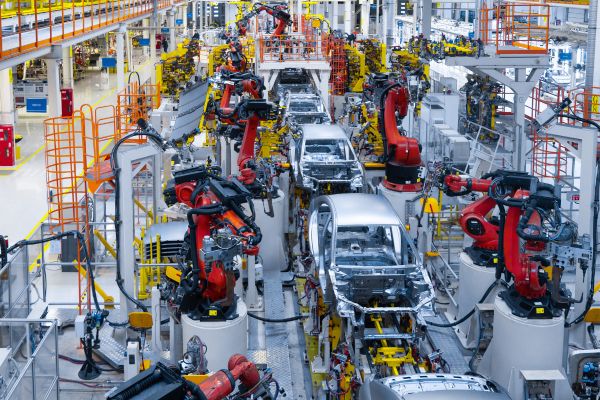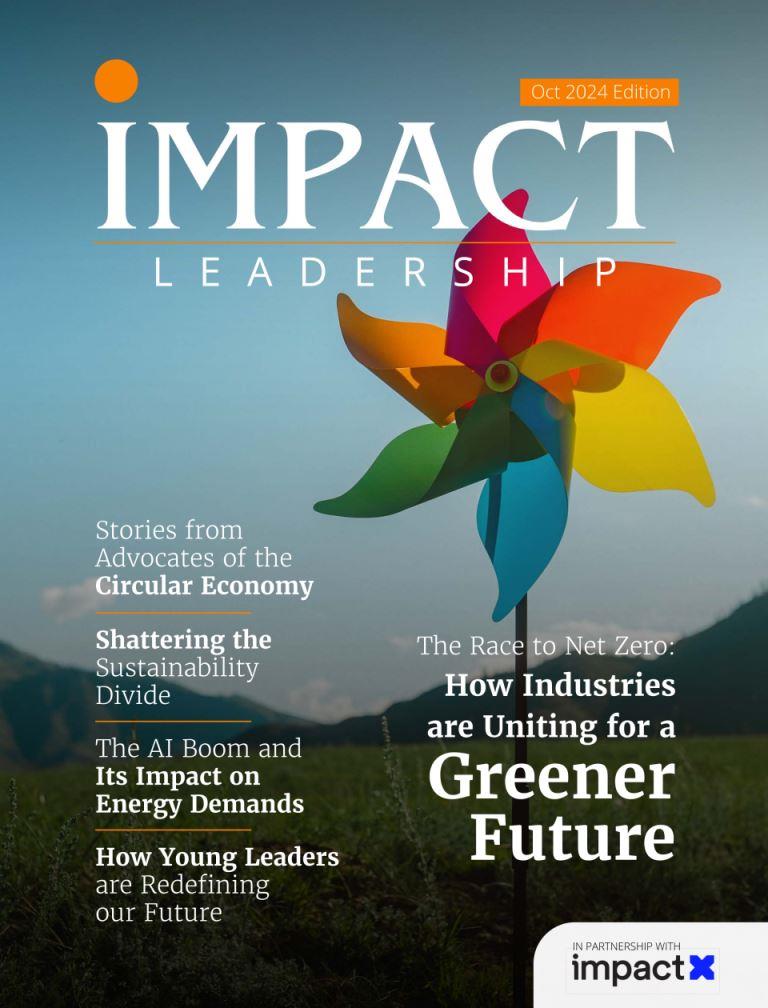In this eye-opening address at the Impact X Summit Sydney 2024, Michael Battaglia, CSIRO’s Mission Lead for Towards Net Zero, discusses the complexities of transitioning to a net-zero economy. He underscores the interconnected challenges of climate action, social justice, and biodiversity while highlighting Australia’s unique opportunities. Battaglia made clear that the need for systemic transformation and innovative leadership to ensure equity and sustainability are at the heart of the transition. The full transcript of Battaglia’s thought-provoking speech follows, offering insights into the path towards a more integrated, sustainable future.
Michael Battaglia
Wasn’t that a great session? The one before touched on justice and equity, and the session before that touched on the environment. Thank you. Before that, we discussed the economic opportunities and how the net-zero transition can drive those. I want to try and bring these all together and look at them not as separate agendas, but as deeply interconnected ones.
So, this is my place. That’s up on Kunanyi Mount Wellington with Nipuna Hobart behind, the traditional lands of the Palawa who have looked after Tasmania for more than 40,000 years. I’m Michael Battaglia. I lead CSIRO’s Towards Net Zero Mission, where we try to accelerate the decarbonisation of hard-to-abate sectors with a focus on social justice and equity, environmental sustainability, and benefits to regional Australia. I want to take the next 10 minutes to discuss how these elements come together.
If we think about the challenges confronting us, here’s the bill: the net-zero transition is estimated to cost $6 trillion per year between now and 2050. Dealing with biodiversity and ecosystem degradation will cost at least $1 trillion globally per year. Climate change damage will cost another $2 to $3 trillion globally. In Australia, health and welfare costs are expected to rise with an aging population, from about 6% of GDP now to 15% of GDP. Our infrastructure is aging and now about 25% older than it was in 1980. Maintaining our road networks will cost $13 billion more per year than it does now. These are staggering numbers, and for all Gen Z in the audience, deep apologies—we’ve had a hell of a party and left you with quite a mess.
“If we don’t progress social justice, we’ll see community fragmentation. If we don’t address biodiversity, we’ll lose the natural capital driving our productivity.”
These numbers are crucial as we consider the challenge and reflect on the net-zero transition journey in Australia. Ten years ago, the conversation focused on minimizing the downside risk of the transition, trying to continue our usual activities with minimal cost. We sought ways to delay action and minimize regret. Brad or Martin Miller mentioned Greg Combet’s talk, and the Prime Minister’s recent presentation on “A Future Made in Australia” reframed this narrative, highlighting significant opportunities for Australia in the transition.
Terms like “strategic competition” are emerging as we explore areas where we have a national advantage, recognizing the risk of getting left behind. The Prime Minister’s talk and this conference emphasize multiple deeply interconnected challenges. The SDGs acknowledge these interdependencies. In the net-zero transition, it’s not about progressing one goal over another—we won’t achieve any goals without progressing all of them due to their interdependence.
If we don’t progress social justice, we’ll see community fragmentation. If we don’t address biodiversity, we’ll lose the natural capital driving our productivity. Initially, the downside costs of transformation are clearer than the opportunities, similar to the early car industry days. Turning our economy to a net-zero one within 20 years is a monumental task.
In 2020, conservative estimates suggested 650,000 jobs were at risk as we moved away from oil and gas. More recent estimates from Net Zero Australia, a collaboration between the University of Melbourne and Princeton University, suggest 200,000 to 250,000 jobs are at risk as we exit coal and gas. We must provide transition pathways and ensure no one is left behind. However, there’s an opportunity for 750,000 new jobs in building infrastructure and new economic opportunities through purposeful transition.
“Are we transforming to a more integrated, sustainable whole, or perpetuating current inequities and declining natural capital?”
This transition isn’t easy. Deep system interconnections present challenges, separated in space and time, making their negotiation difficult. Building new infrastructure impacts biodiversity, which we must balance against the long-term implications of climate change on ecosystems. Climate change disproportionately affects the poorest communities and Indigenous populations. The debate over time-of-use power pricing highlights the complexity of economic impacts. The rollout of household solar and EV infrastructure risks exacerbating existing inequities without proper balancing mechanisms.
Technology is crucial but not everything. The net-zero mission and our science and technology partners, including the University of Sydney, provide technology to facilitate this transition. However, we also need deeper capabilities in communities, science and research, public policy, and industry to maintain our values and social cohesion.
If we are to step up in time and sustain the transition, we need capacities in leadership, coordination, imagination, and purposefulness. Are we transforming to a more integrated, sustainable whole, or perpetuating current inequities and declining natural capital? Thank you.
***
Editor’s Note: Published in partnership with Impact X, this transcript has been slightly edited for readability and clarity. If you notice any inaccuracies or require corrections, please feel free to reach out for adjustments and we will ensure the necessary updates are made promptly.
